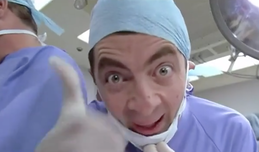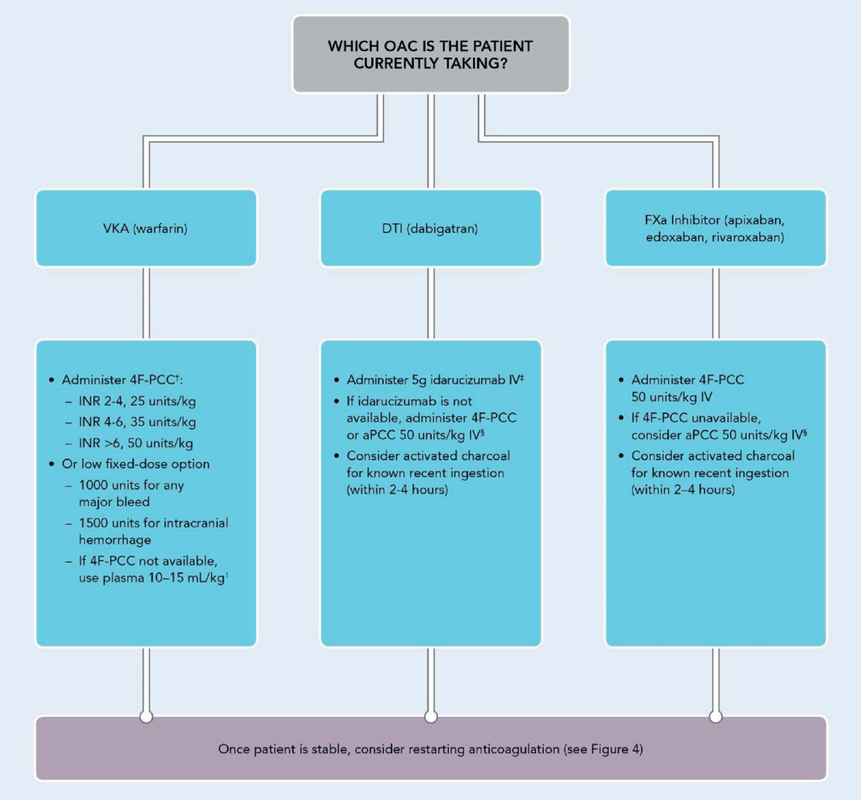 Anticoagulated patients are common, and the amount of available oral anticoagulants is becoming more diverse and confusing. Anticoagulation is the cornerstone in the treatment of thrombosis and thromboembolic complications in a variety of diseases. Lixiana, Pradaxa, Eliquis and Xarelto are some of these pretty-sounding drugs that many doctors know but find it difficult to keep up. So if you work in an emergency room, anaesthesia or intensive care, there's a good chance you will be facing an anticoagulant patient with potentially critical bleeding that could require urgent treatment... And this leaves you with the following questions: - What is a critical bleed (apart from obvious massive bleeding)? Does this bleeding need imminent reversal? - Do I need any laboratory testing before? - What treatment should I actually give the patient? If you do not have a guideline in your institution, it may be time to create one, and the following publication is indeed very useful for this purpose! The 2017 ACC Expert Consensus Decision Pathway on Management of Bleeding in Patients on Oral Anticoagulants very nicely summarises current evidence and expert opinion on these issues. But the very best are their excellent figures, providing all the answers you need: simple and very understandable! What is a Critical Bleeding?
|
Search
|






 RSS Feed
RSS Feed


